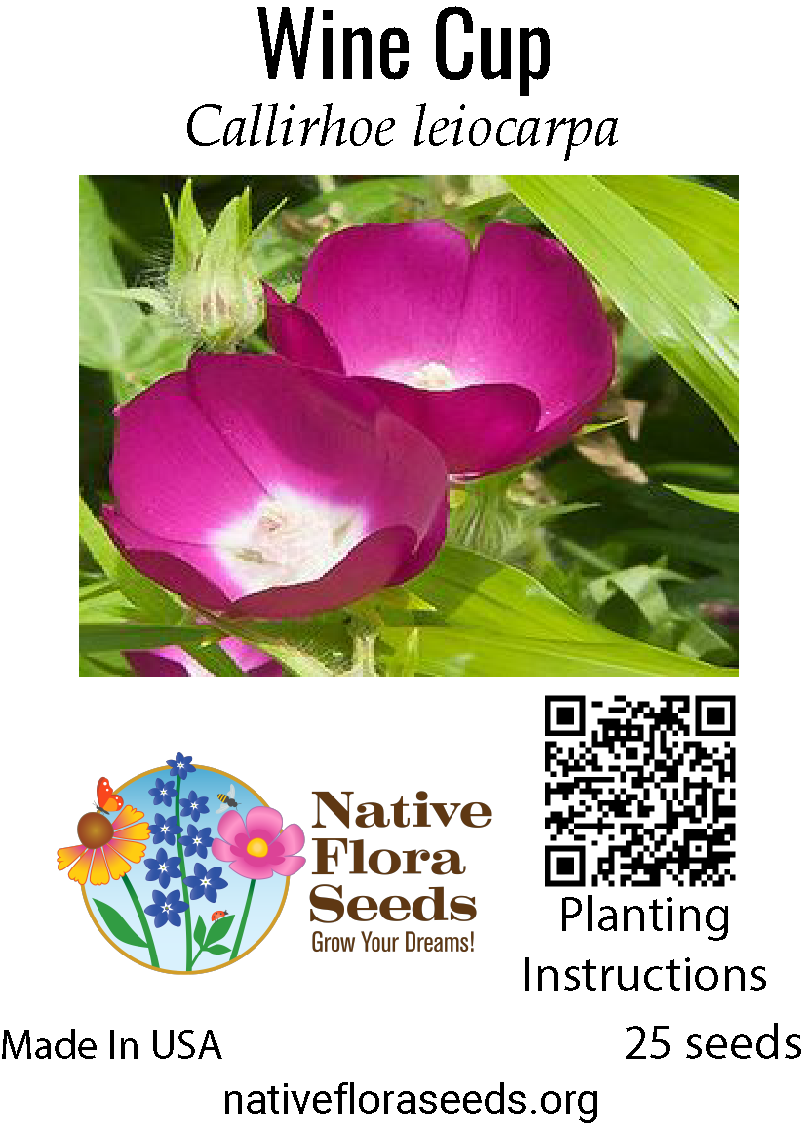Site Selection
Sunlight: Winecups thrive in full sun to partial shade. They need at least 6 hours of sunlight per day for optimal growth and blooming.
Soil: Well-drained soil is crucial. Winecups tolerate various soil types, including sandy, loamy, and clay soils, as long as they are not waterlogged. They prefer a slightly acidic to neutral soil pH.
Location: Choose a location where the plants can receive adequate sunlight and have good air circulation. Winecups can be used in wildflower gardens, borders, or naturalized areas.
Direct Sowing Outdoors
Fall Planting:
Sow seeds in the fall, a few weeks before the first expected frost. This allows the seeds to naturally stratify over the winter.Preparation:
Scatter the seeds evenly over the soil surface. Lightly press them into the soil or cover them with a thin layer of soil (about 1/4 inch deep).
Water the seeds gently but thoroughly. Keep the soil consistently moist until the seeds germinate.
Spring Planting:
Sow seeds in the spring, after the last expected frost.Preparation:
Scatter the seeds evenly over the soil surface. Lightly press them into the soil or cover them with a thin layer of soil (about 1/4 inch deep).
Water the seeds gently but thoroughly. Keep the soil consistently moist until the seeds germinate.
Starting Seeds Indoors
Timing: Start seeds indoors 6-8 weeks before the last expected frost in your area.
Preparation: Use seed starting trays or pots filled with a well-draining seed starting mix.
Sowing: Sow seeds about 1/4 inch deep in the seed starting mix.
Stratification: Winecup seeds benefit from cold stratification to improve germination rates. You can mimic this process by placing the seed trays or pots in the refrigerator for 30 days before sowing.
Germination: Keep the seed starting mix consistently moist and provide adequate light (grow lights or a sunny window). Germination typically occurs within 1-6 weeks.
Transplanting: Once the seedlings have developed a few sets of true leaves, they can be transplanted outdoors. Harden off the seedlings gradually by exposing them to outdoor conditions for increasing periods each day before transplanting.
Seed Scarification
Winecup seeds benefit from scarification to improve germination. You can scarify the seeds by gently rubbing them with sandpaper or soaking them in hot water for a few minutes.
Maintenance Tips
Watering: Winecups are drought-tolerant once established. Water them occasionally during dry spells, but avoid overwatering.
Fertilizing: Winecups do not require heavy fertilization. A light application of a balanced fertilizer in the spring can be beneficial.
Deadheading: Remove faded blossoms to encourage more blooms and prevent self-seeding if desired.
Pest and Disease Control: Winecups are generally pest and disease resistant. Monitor plants for any signs of problems and take appropriate action if necessary.
Invasiveness
Winecups are not considered invasive. They may self-seed in favorable conditions, but they are not aggressive spreaders.
Additional Notes
Winecups attract bees and butterflies to the garden.
The flowers make attractive additions to flower arrangements.
Mature plants have long taproots and are difficult to transplant. It is best to sow seeds directly in the desired location.



